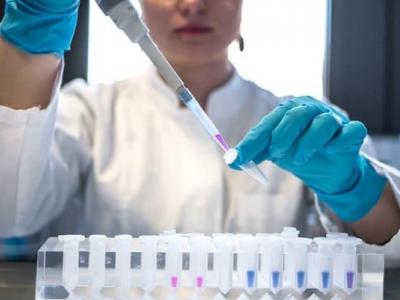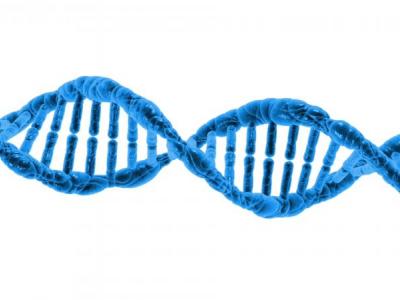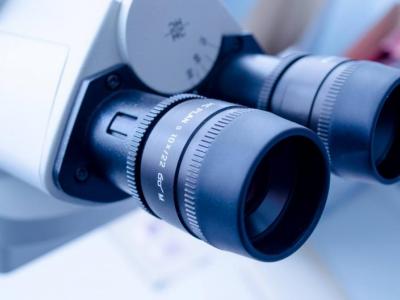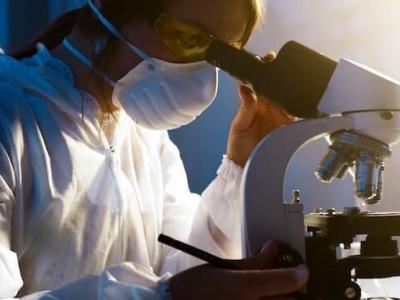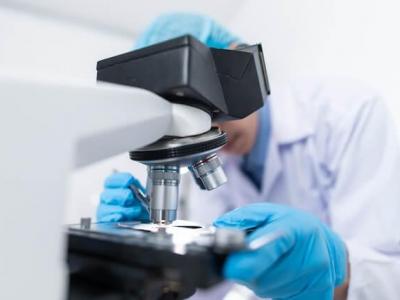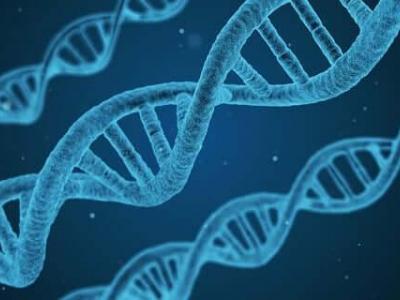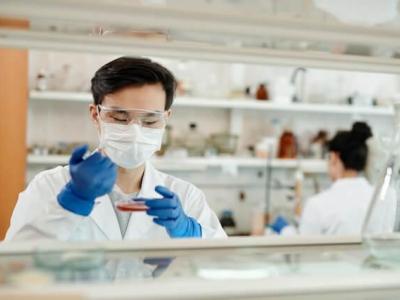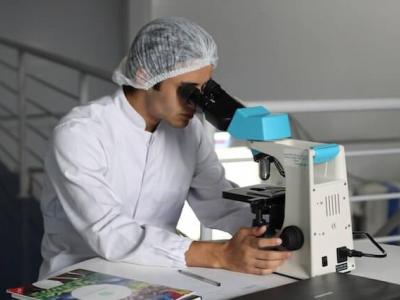- 1) Do not eat, drink, smoke or chew gum for 30 minutes before collecting samples.
- 2) The swab tips should not come into contact with any surface other that the inside of the cheek at any point before, during or after collection
- 3) Move the swab up and down while also rotating. It's very important to rotate the swab with your fingers.
- 4) Allow the swab to dry before storing. At least one hour.
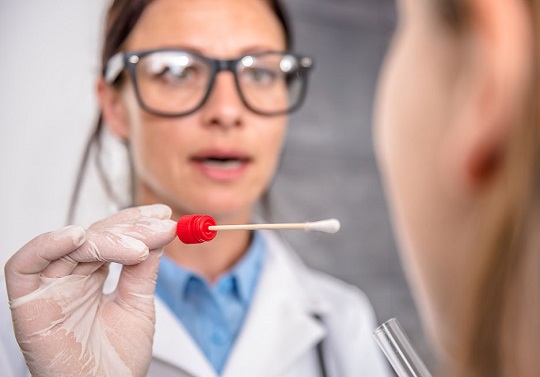
How it works

Step 1 - Order your kit.
Click ORDER NOW, place your order and you will receive the sample collection kit in a couple of days.
Please contact us at 1-877-219-4485 or WhatsApp +1 647 455 0443 if you are having any troubles ordering.

Step 2 - Take the samples.
Collect the swab samples from the test participants.
Please Watch This Video.

Step 3 - Send the samples to us by mail
Place each pair of swabs in different envelopes (parent / child), then place the two smaller envelopes inside the larger envelope and mail it to the address specified in the instructions.
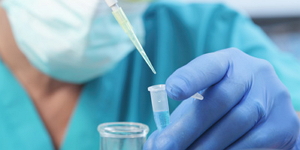
Step 4 - DNA analysis of your saliva samples in our laboratory
Once we receive the samples, we will send you an email to confirm the reception of the samples and proceed to perform the DNA test in our laboratory . You can follow up online at any time using your unique access code to know the progress status of the DNA study.

Step 5 - Receive your results.
Receive your certified results by email, usually about three days, after your samples arrive at the Lab.

